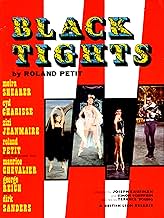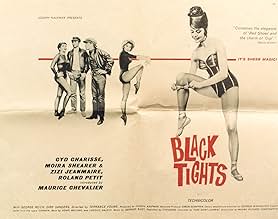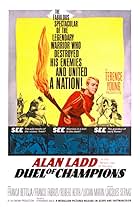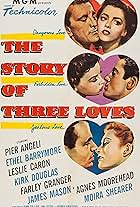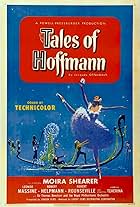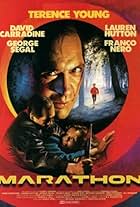I bought this movie on VHS "at the dawn on the home video age" and, curiously, never got around to watching it until I watched the 2005 National Film Museum version on TCM this afternoon. To compare, I hauled out my bought copy, Video Arts International's VAI-15, which is also the 126-minute U.S. version released theatrically in 1962. (Neither this title nor any title in this format is any longer in VAI's catalog.) The following comments refer to the version seen today on TV.
All in all, I found the performances, the choreography, the staging, and the technical elements surrounding them quite intriguing and enjoyable. Two of the technical elements, in particular, bear mentioning.
The color photography is luscious, but not what one typically thinks of when the movie is shot in Technicolor. Although the colors themselves are brilliant and distinct, there are no shades of gray in evidence. Grays come out black, detracting from some of the more darkly-lit pieces, and making the overall appearance one of high contrast. Additionally, some of the skin tones tend more toward "white" than toward "flesh-colored," aggravated no doubt by the contrast between dark and light.
Secondly, a feature that I consider a giant plus is that this movie of set ballet pieces was filmed before the arrival of the short attention span of the MTV Generation, when popular music videos corrupted the video style of even live performances, including many found on PBS. Here, although different camera angles are employed to good effect, they don't switch every five seconds making the viewer dizzy and disoriented. In short, one can actually watch and enjoy this performance instead of having one's concentration constantly distracted by helter-skelter random shots of the action.
In summary, this film of four ballets provides a fascinating "Roland Petit retrospective" nearly a half-century later.





